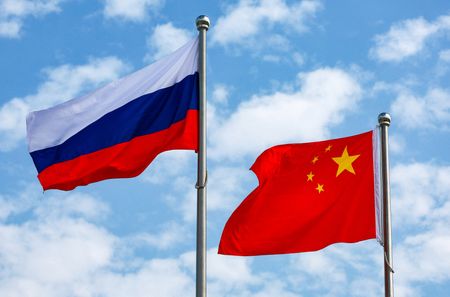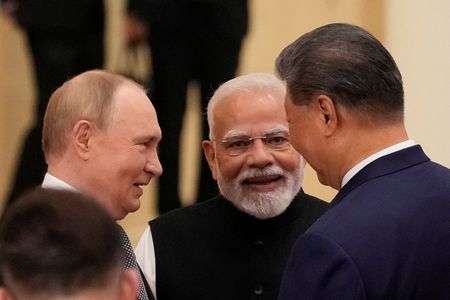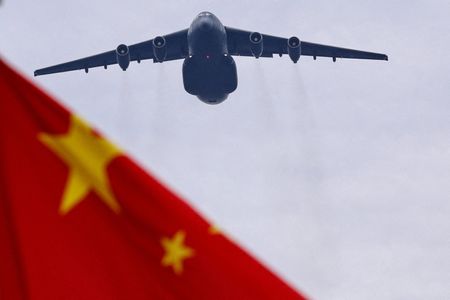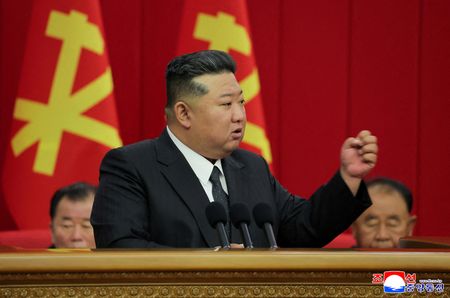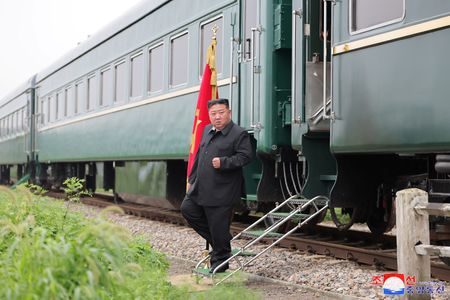MOSCOW (Reuters) -China has increased purchases of Russian oil and gas since the start of the conflict with Ukraine in 2022, with the Moscow and Beijing declaring a “no limits” partnership just days before the war began.
The energy relationship between the two countries is expected to be an important topic when presidents Vladimir Putin and Xi Jinping meet in China on Tuesday.
Here are some facts about the energy ties between the two countries:
GAS
Russia’s energy giant Gazprom supplies natural gas to China through a 3,000 km (1,865 mile) pipeline called Power of Siberia under a 30-year, $400 billion deal launched at the end of 2019.
In 2024, exports amounted to about 31 billion cubic meters (bcm). It is expected that supplies will reach the planned capacity of 38 bcm this year.
In February 2022, China also agreed to buy up to 10 bcm of gas annually by around 2026-2027 via a pipeline from Sakhalin Island in Russia’s Far East.
Russia’s gas exports to China are still a small fraction of the record 177 bcm it delivered to Europe in 2018-19 annually.
Russian gas now accounts for just 18% of European imports, down from 45% in 2021, while the bloc’s oil imports from Russia have fallen to 3% from around 30% over that time. The European Union plans to fully phase out Russian energy by 2027.
Russia and China are still in talks about a new Power of Siberia 2 pipeline capable of delivering 50 bcm of gas per year from Russia to China via Mongolia.
Gazprom began a feasibility study for the pipeline in 2020, but the project has gained urgency as Russia turns to China to replace Europe as its major gas customer.
Russia’s liquefied natural gas exports to China rose last year by 3.3% to 8.3 million metric tons. Russia was, after Australia and Qatar, the third-largest supplier of LNG to China, which is the world’s largest buyer of the sea-borne gas.
OIL
China has largely ignored the sanctions imposed by Western nations on seaborne Russian crude since late 2022.
China, which is the world’s top oil importer and a large Russian oil buyer, primarily buys East Siberia – Pacific Ocean (ESPO) crude exported from the Russian Far East port of Kozmino due to its proximity.
China’s crude oil imports from Russia were up 1% in 2024 to a record high versus 2023, while purchases from Saudi Arabia dropped 9%.
Volumes from Russia – including pipeline and seaborne supplies – amounted last year to 108.5 million metric tons, according to China’s General Administration of Customs, equivalent to 2.17 million barrels per day (bpd).
China also receives Russian oil via the Skovorodino-Mohe pipeline spur of the 4,070-km (2,540-mile) ESPO pipeline, thereby bypassing any vessel and freight restrictions. It has a capacity of shipping 30 million metric tons annually.
Russia has sought to raise its oil exports to China via Kazakhstan by 2.5 million tons per year.
(Reporting by Vladimir Soldatkin; editing by Guy Faulconbridge and Sharon Singleton)

